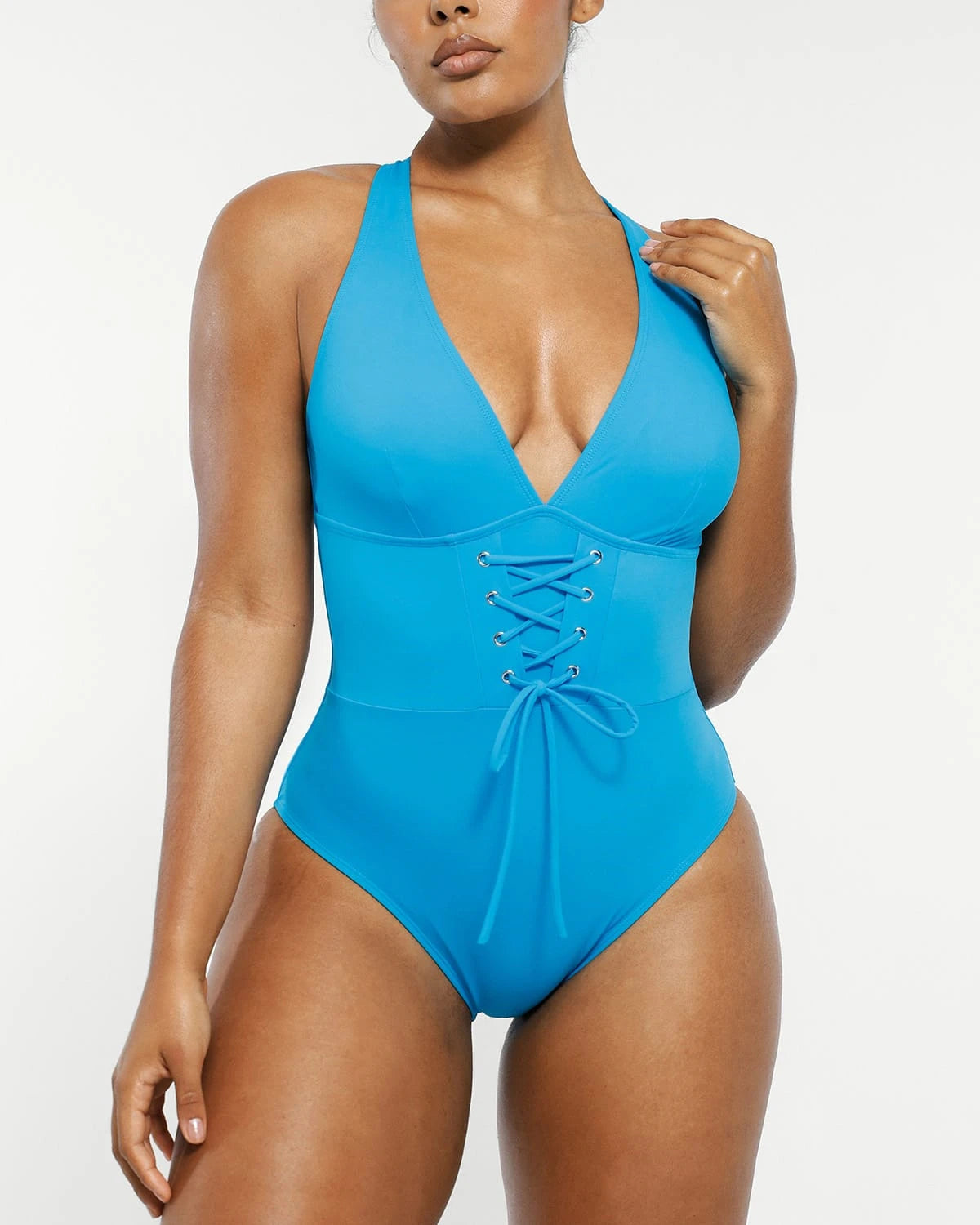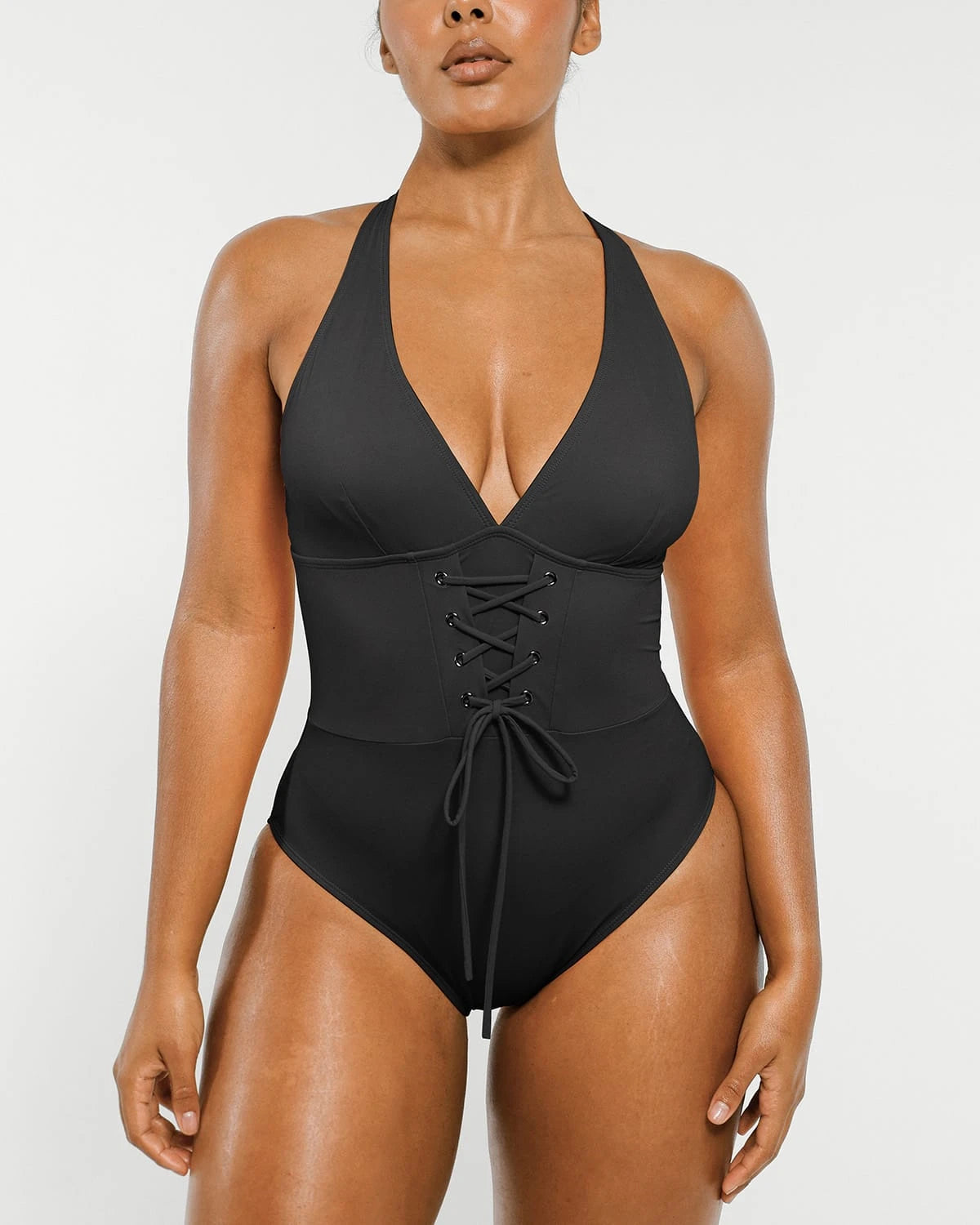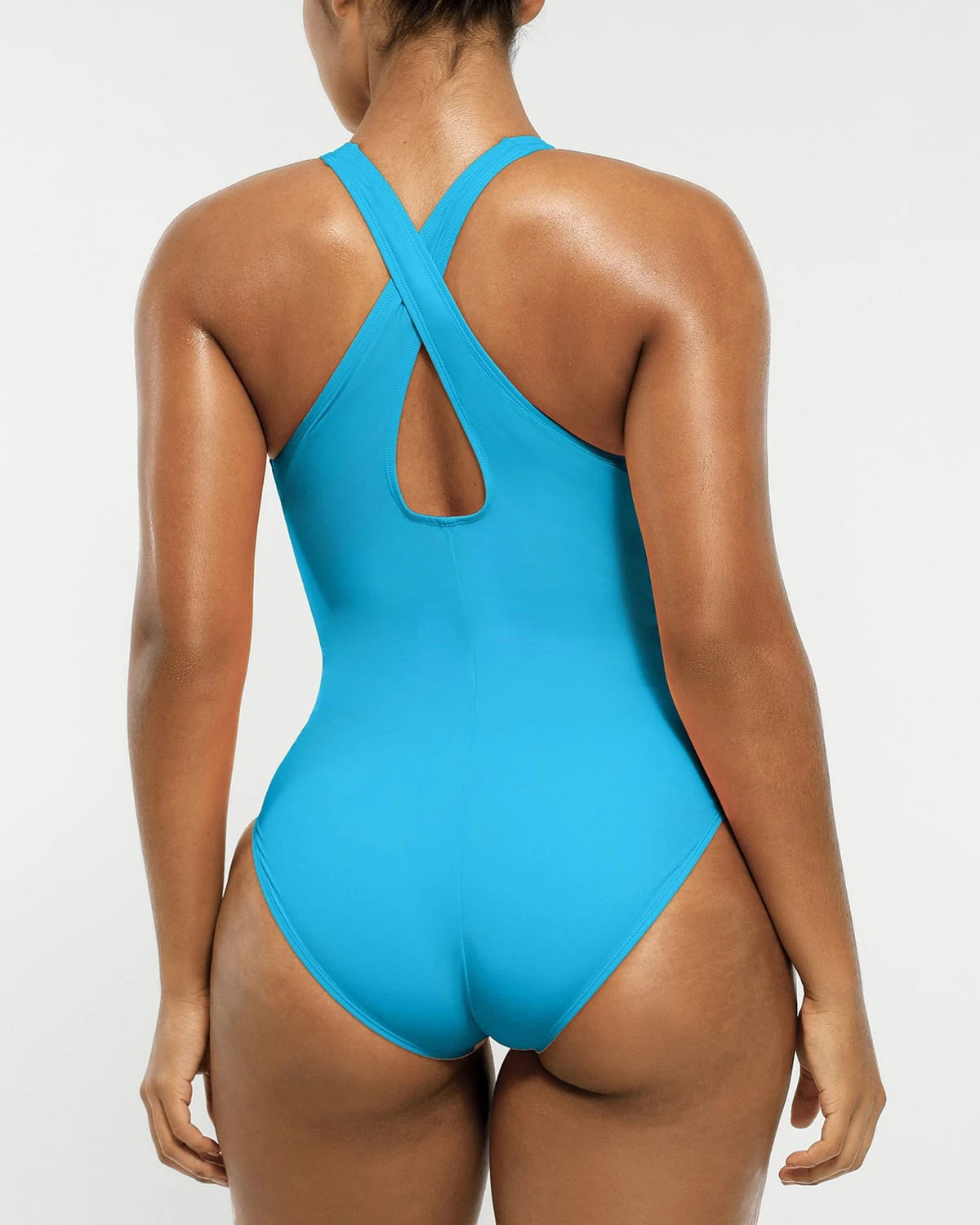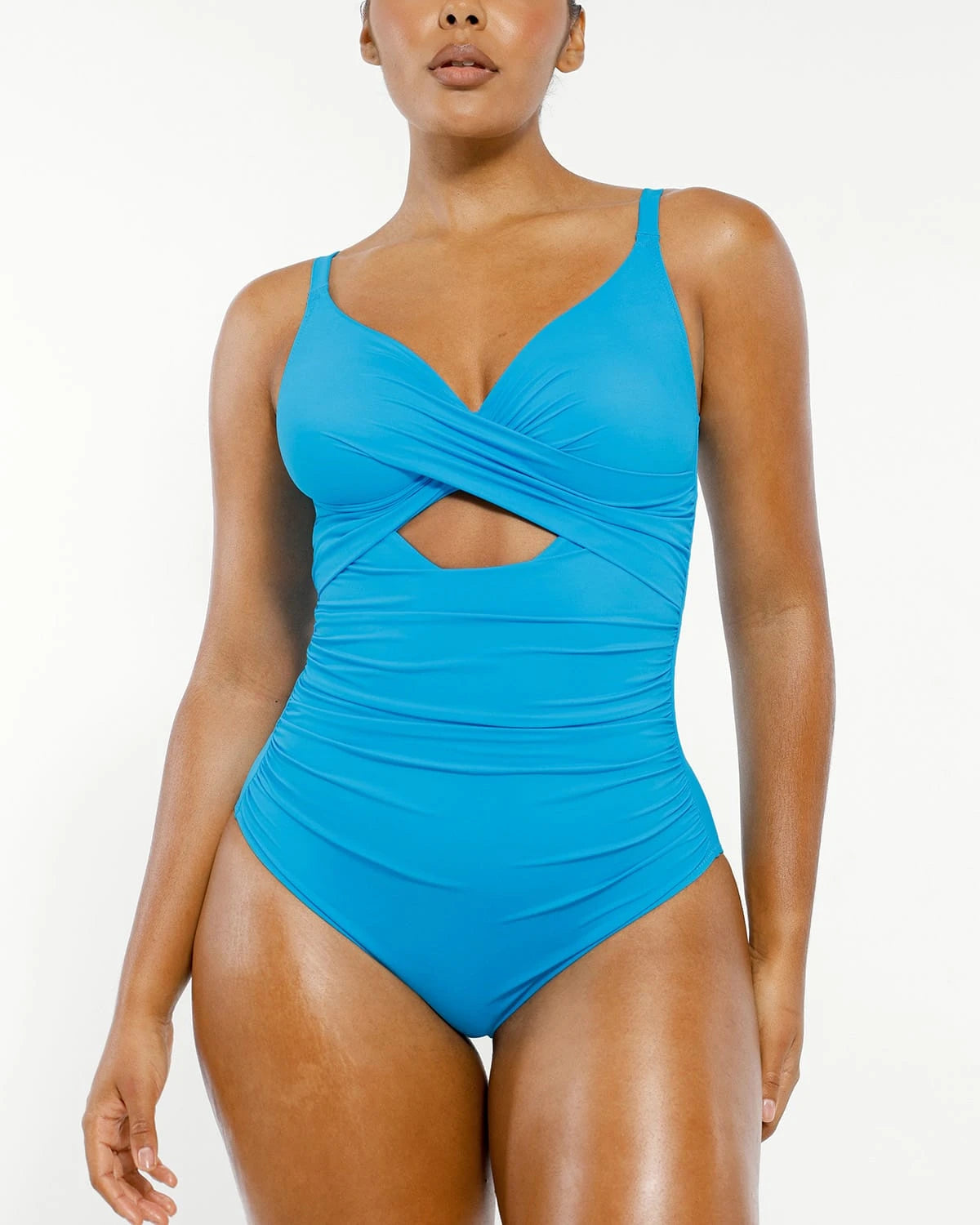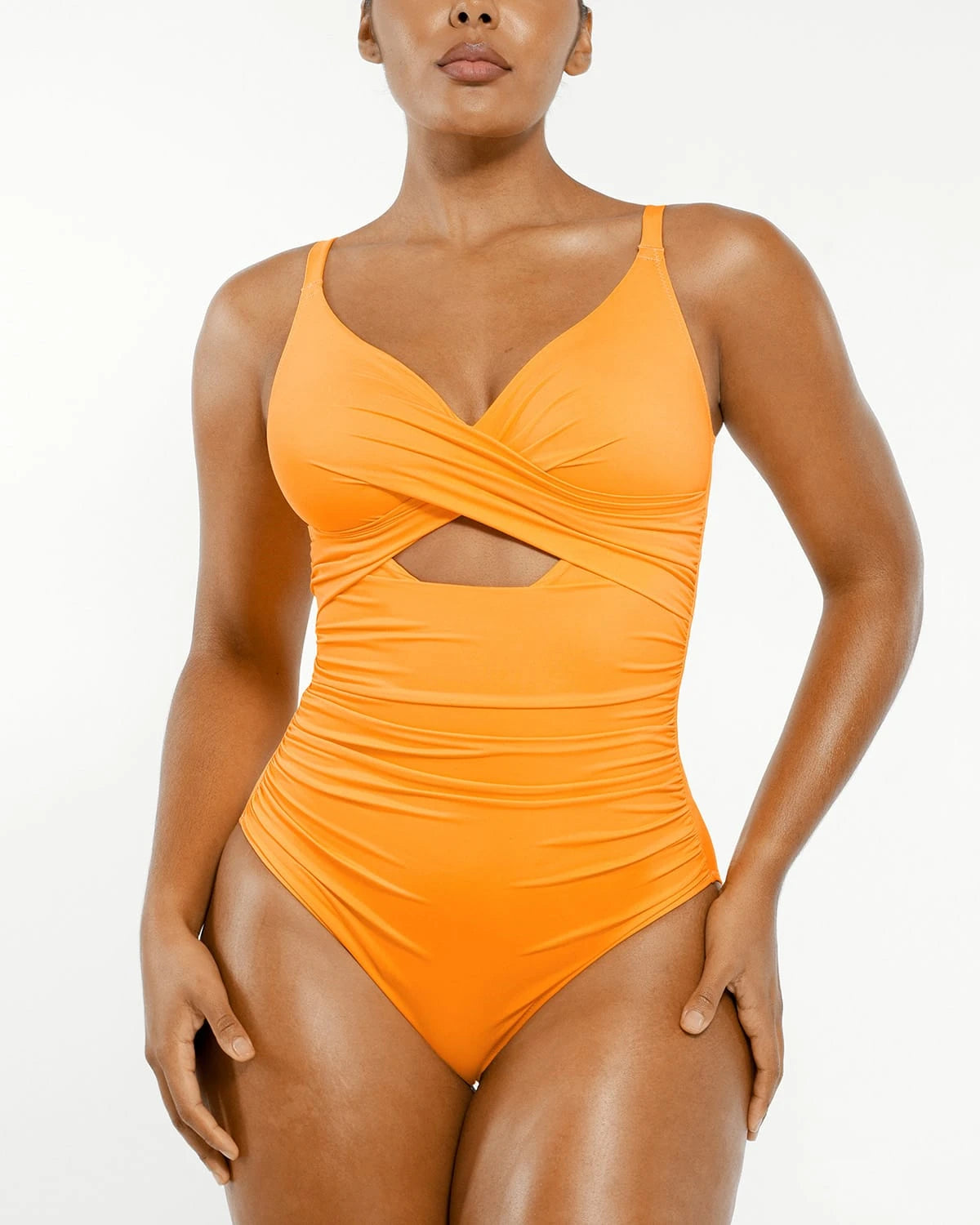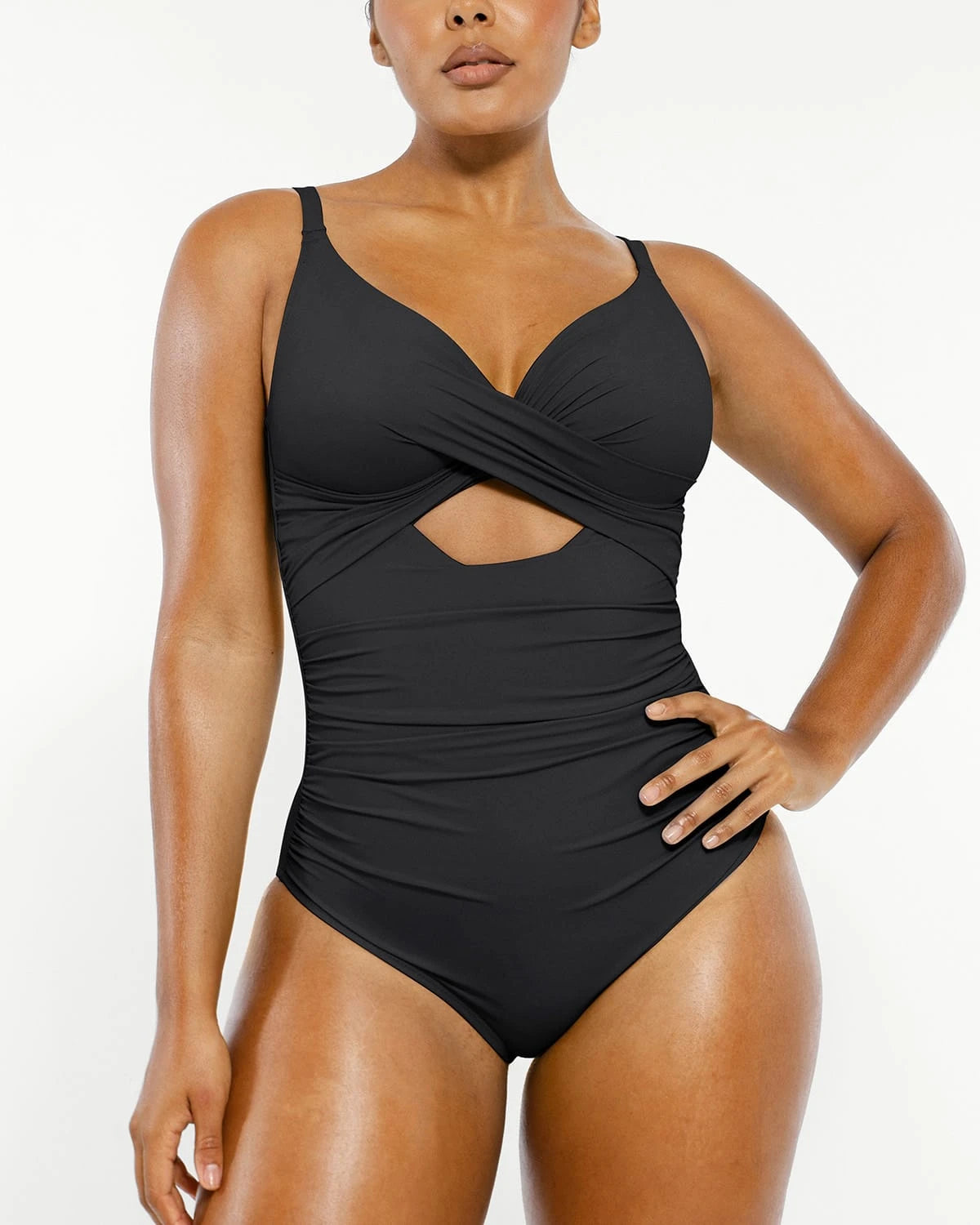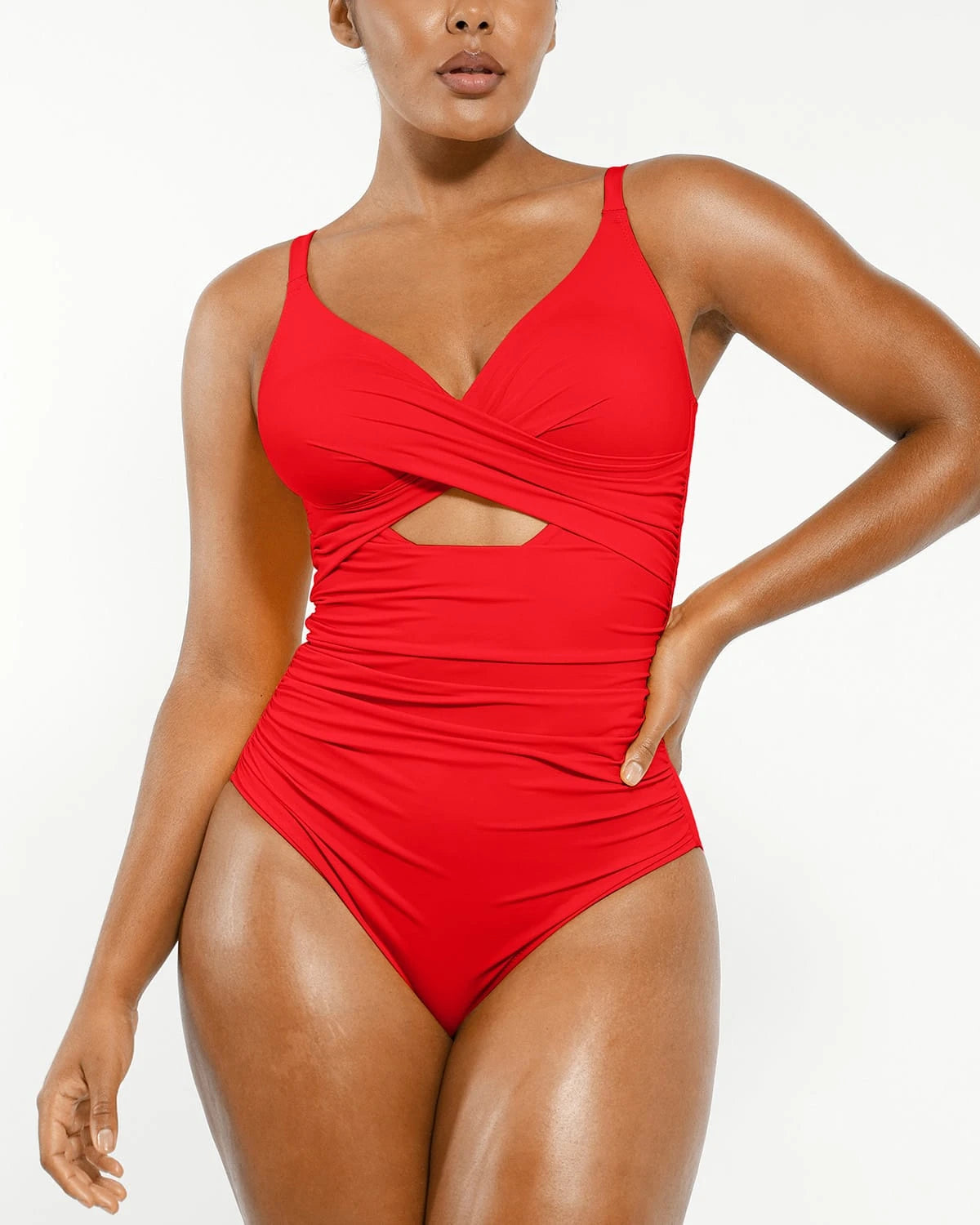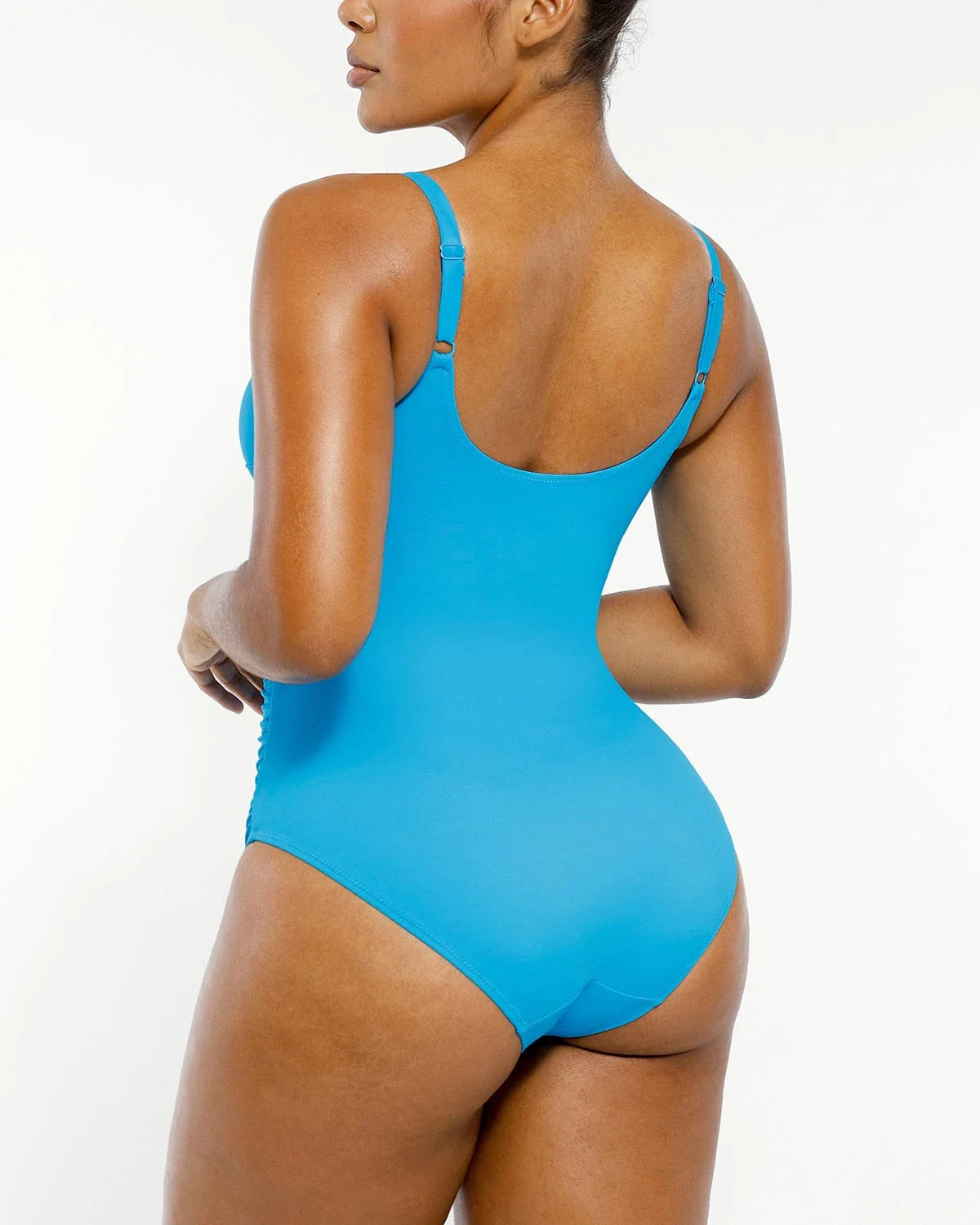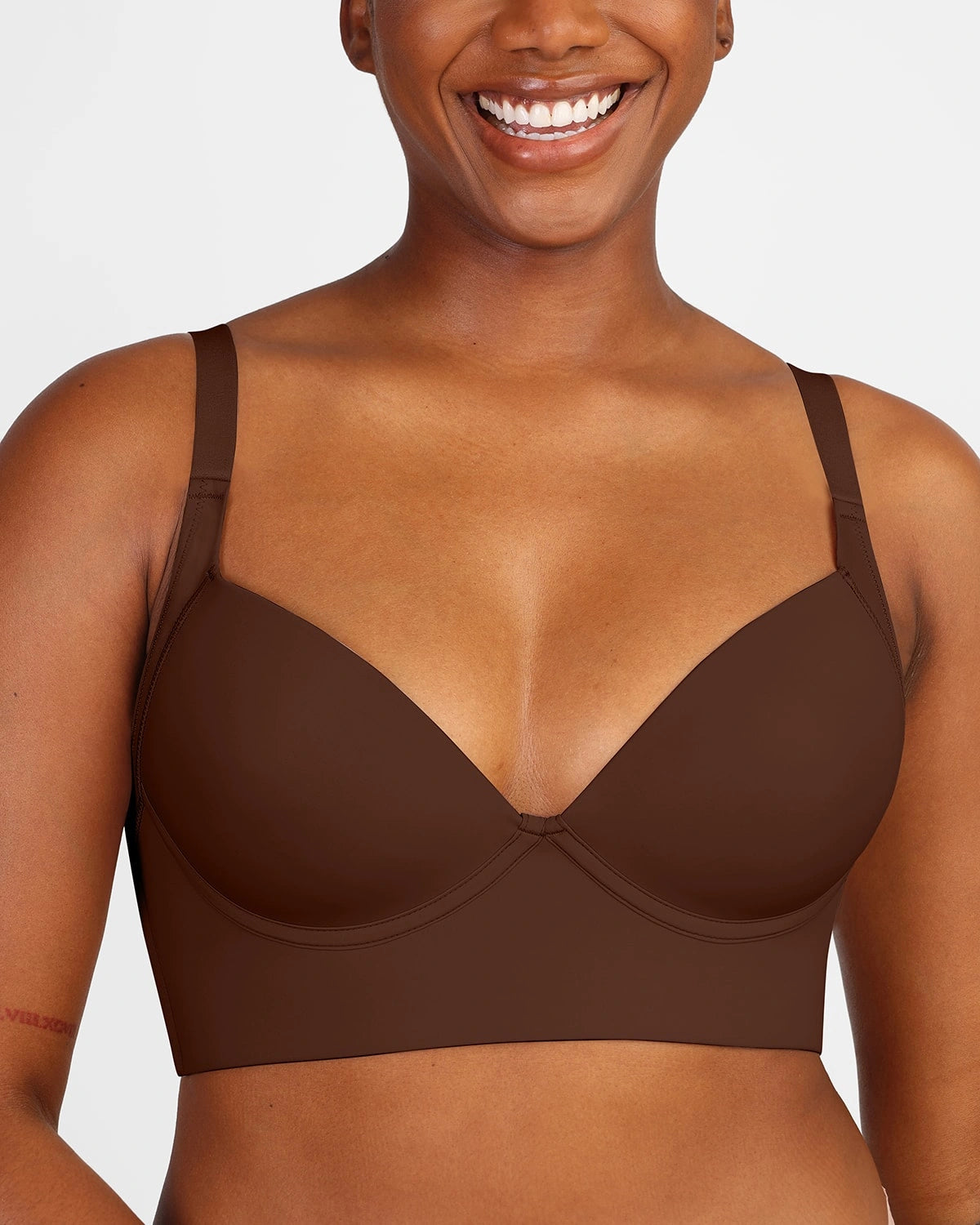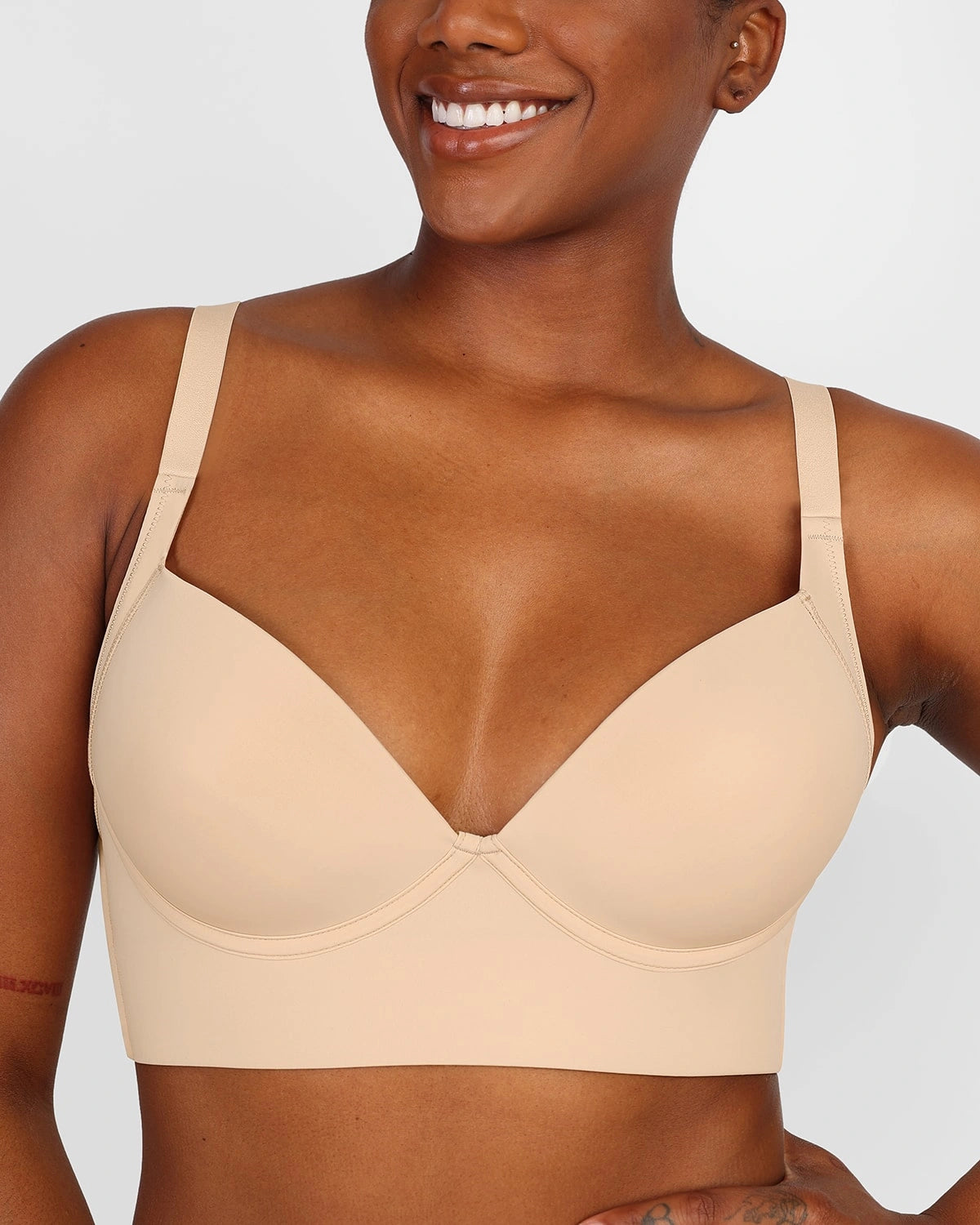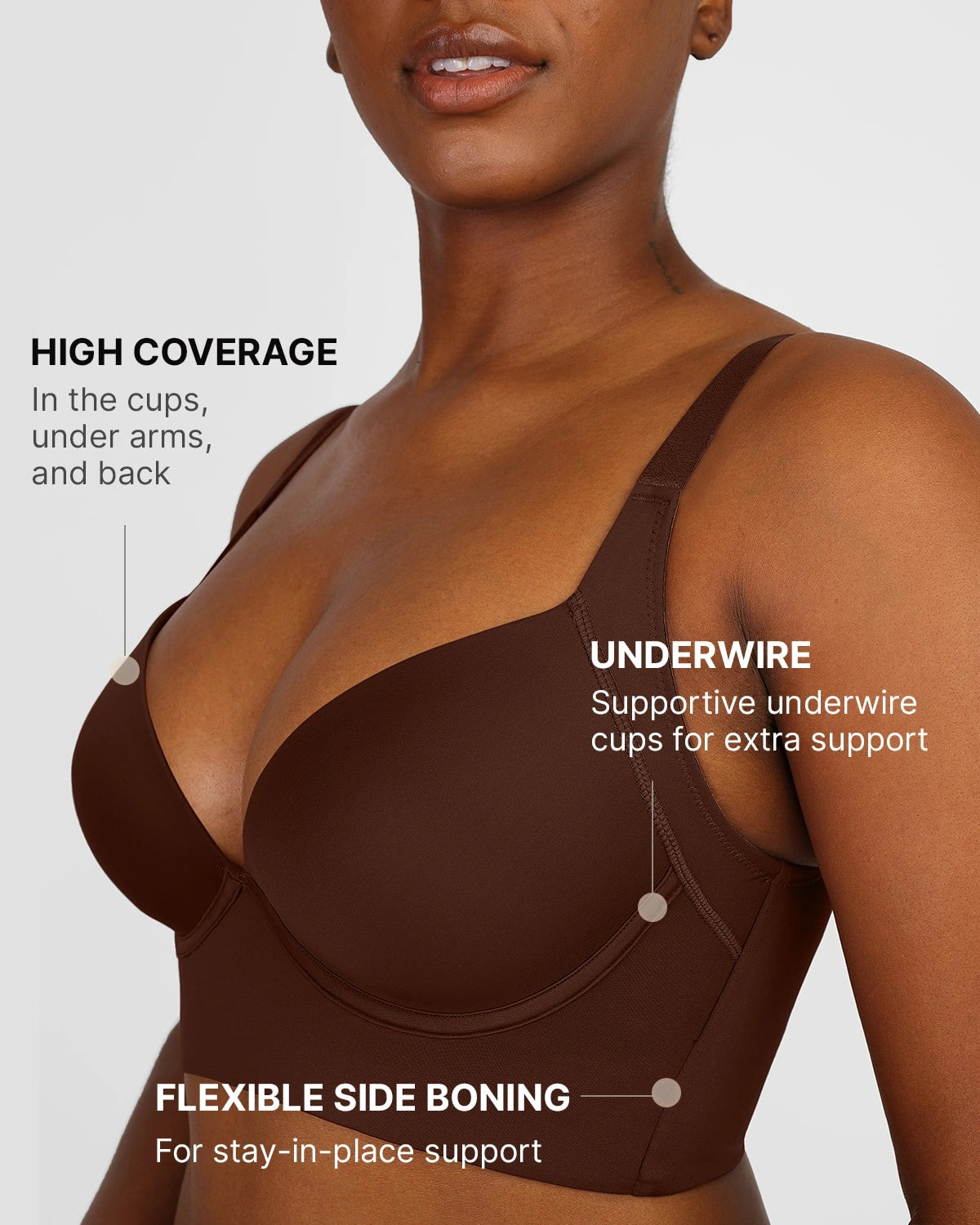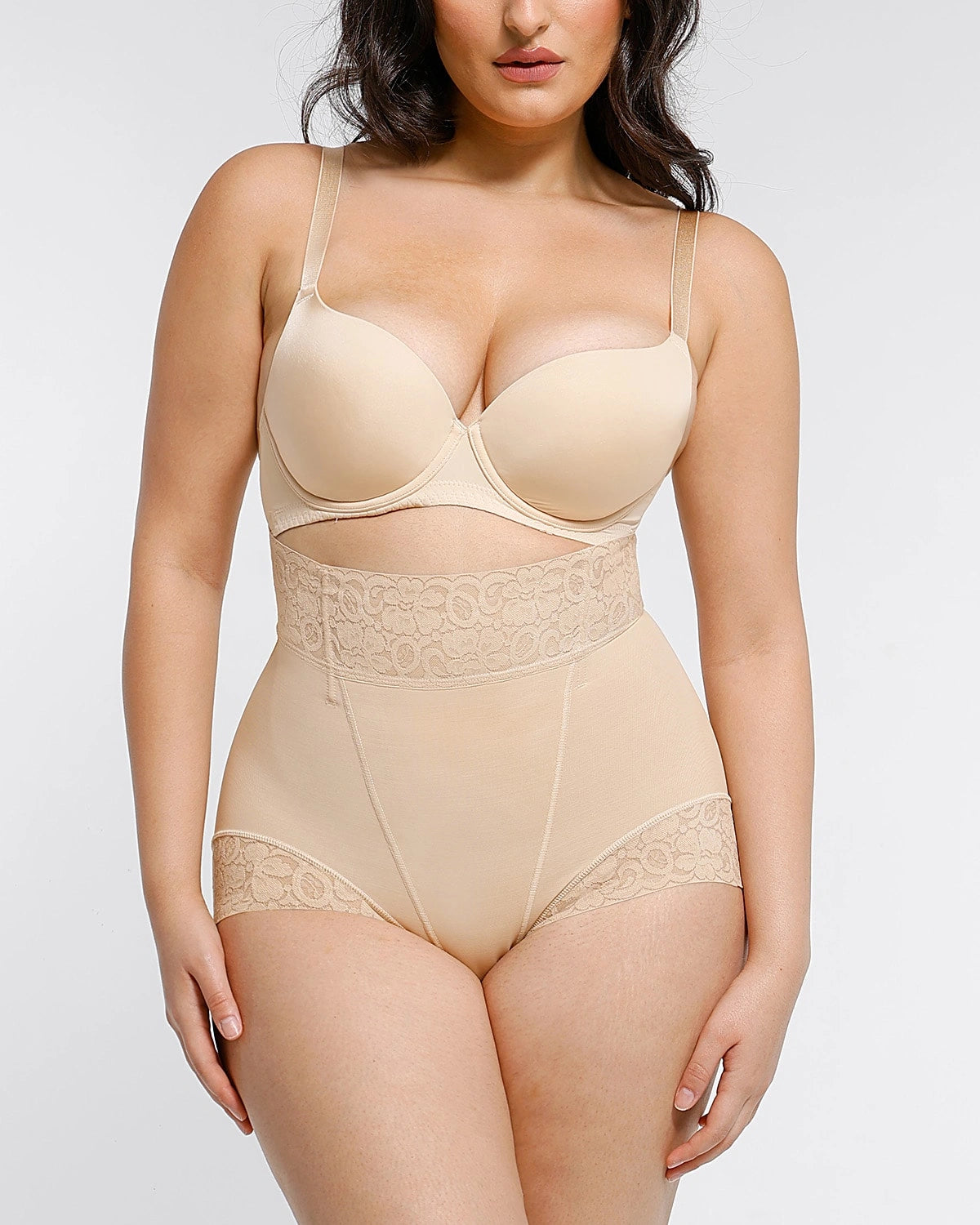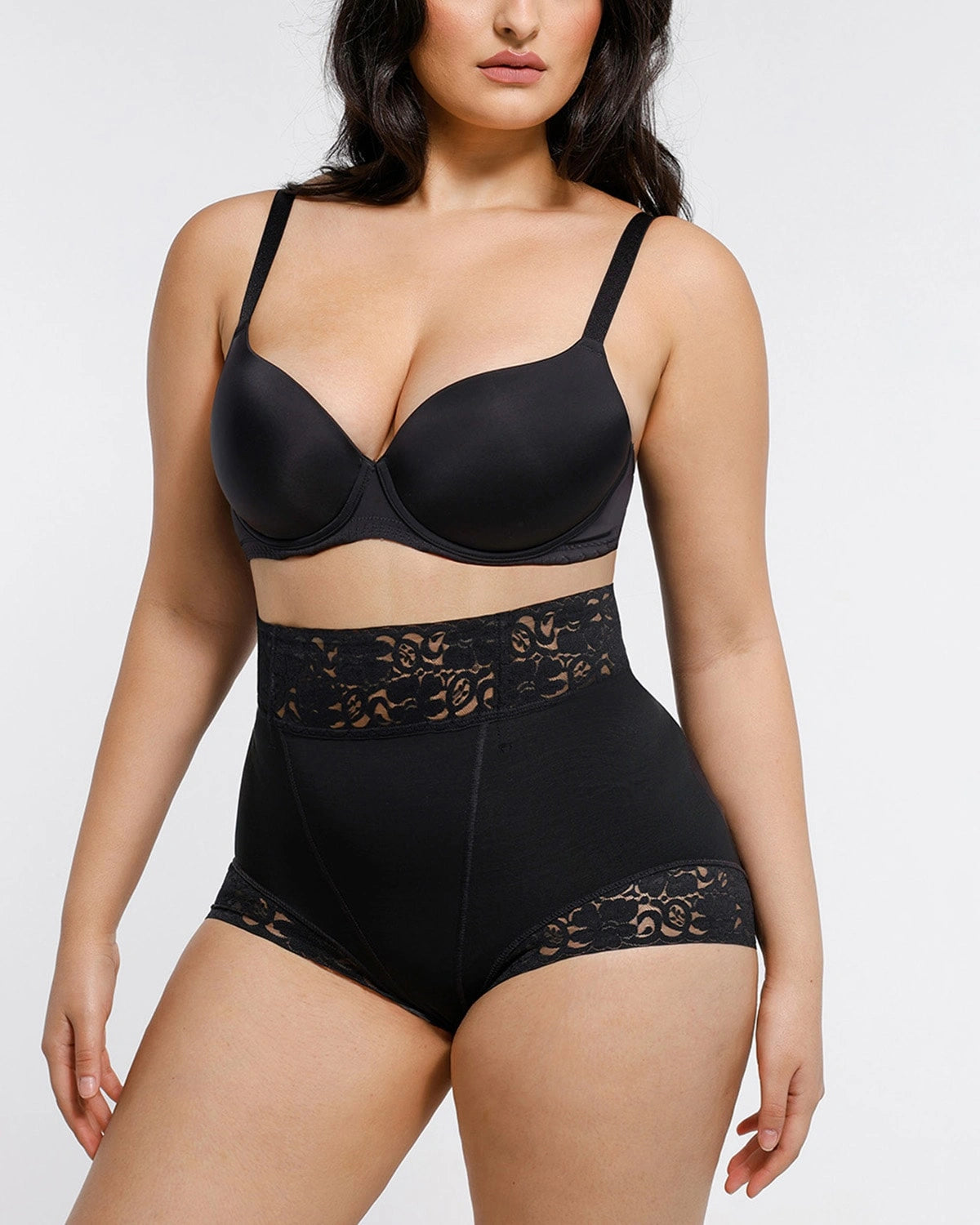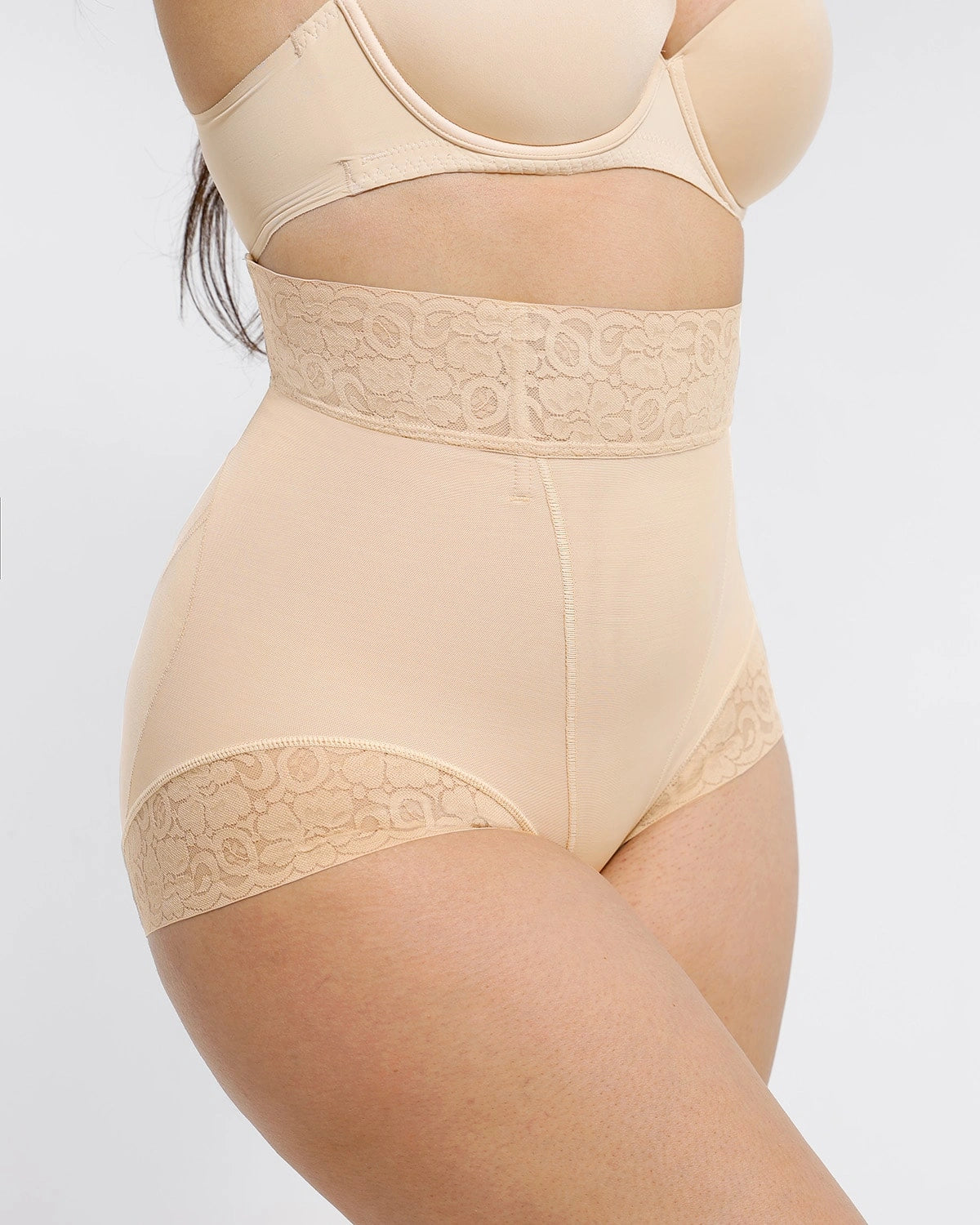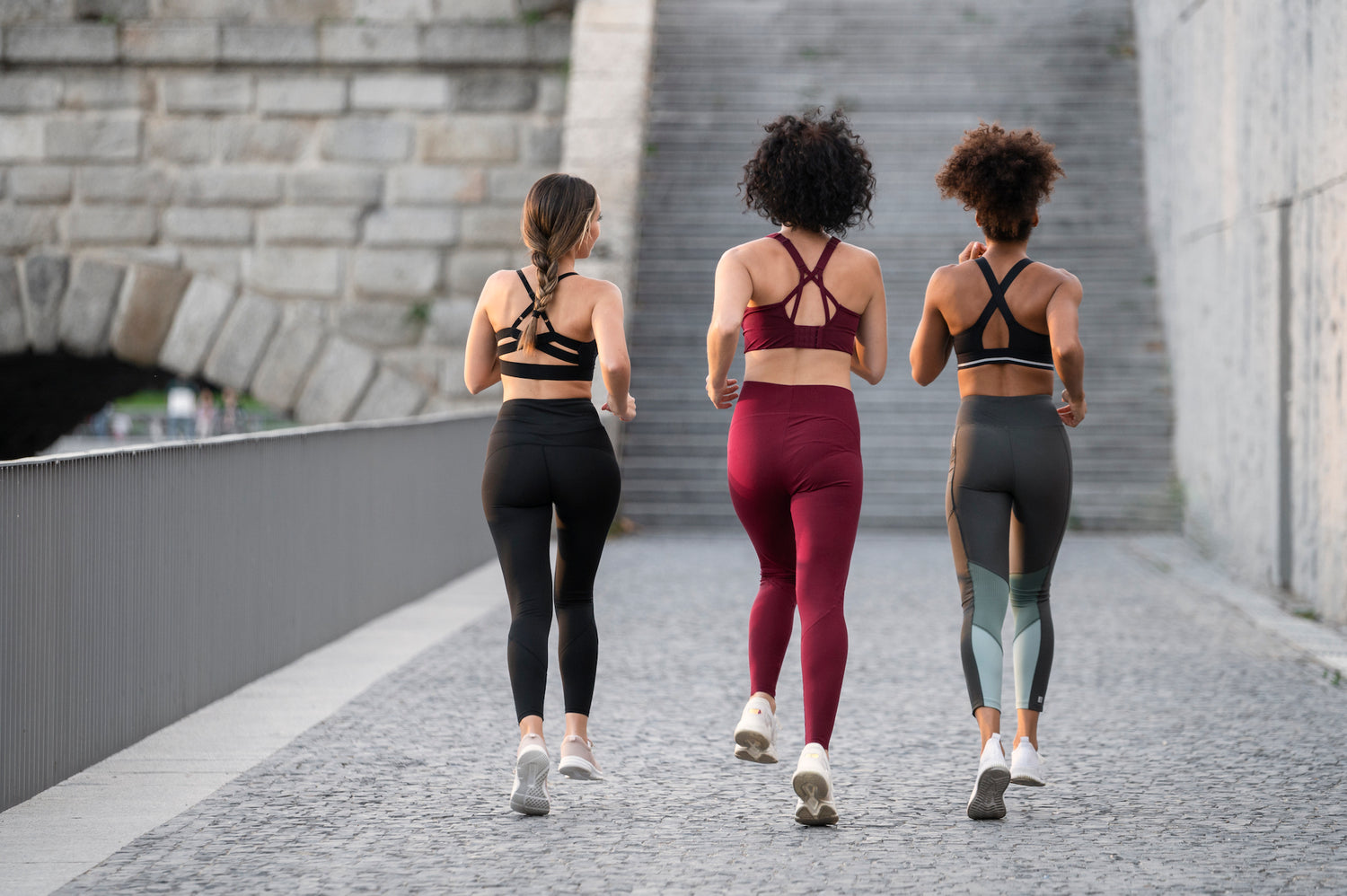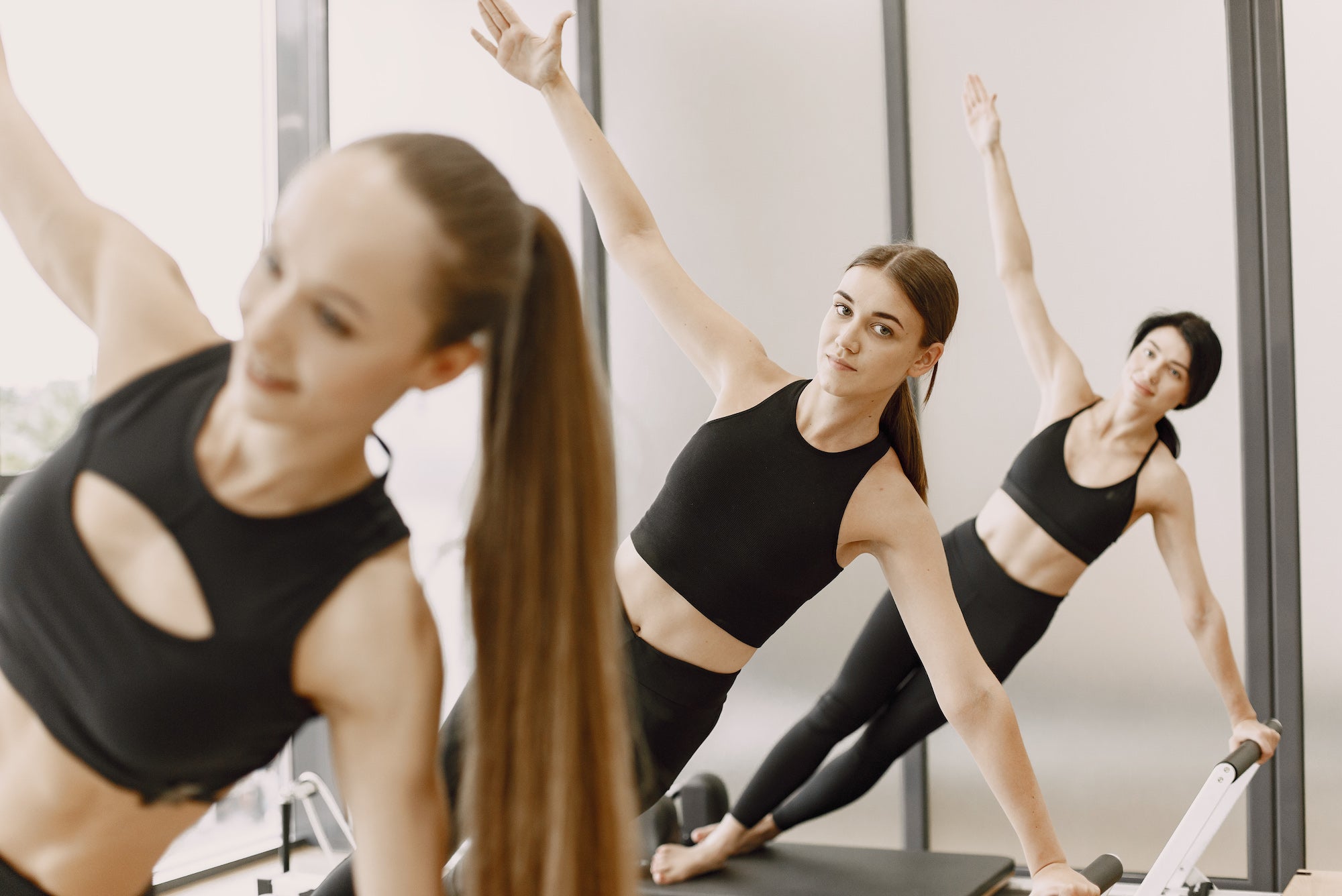Do you remember the famous Bed spot scene in Gone with the Wind? O'Hara holds on to the bedpost while Mammy tries to lace her down as tight as possible. Every old classic movie has that one corset scene. The actress is trying to get into the smallest corset and tie it as tight as possible.
So much so, that when we think of fashion back in the days, we mostly just thought of corsets and gowns.
Well, what if we told you that tight corsets were one of the more comfortable garments from back in the days, for all body shapes?
It's true!
Long long time ago, they had corsets made of ivory bones with integrated lead and iron. These corsets were worn to sculpt the body according to the then beauty standards. A form of a pre-waist trainer version if you will.
Fast forward to today, the concept has evolved to shapewear. It is now worn NOT to adhere to any beauty standard, but to express our own individual style. It is even worn for a lot of functional benefits. Fortunately for us, the materials also changed. Which means that "comfortable shapewear" is not a fairytale combo, but a regular in the offering of sculpting garments.
However, we still draw a lot of inspiration from the old classics. Rightly so. Some of those designs were timeless, and many shapewear brands have added it into their product lineup.
Let's look at the evolution of shapewear over years, and how we adapted the old pieces to suit the contemporary taste.
Where it all started
Back in Ancient Greece and Rome - tiny waists, bigger boobs, and highlighted collar bones were the norm. Women wore metal belts to pinch their waist. Corsets helped push up the chest and emphasize the collar bones.
They wore belts and corsets outside their clothes as we see in this Minoan Statue of the Snake Goddess.
This was the first known period where the idea of "body sculpting" was dominant.
Decades later, metallic waist belts transformed into waist trainers.
These new waist belts pinch the tummy. But, more importantly, help with posture correction. They also support better workout movements or after-surgery recovery such as from tummy tuck, liposuction, hernia and the likes.
Keeping up with the times, they also changed the material to spandex and latex for more comfort and environment compliance in the shapewear industry.

Boobs got smaller
Lacing and boning for that Edwardian Silhouette dominated the trend for some decades. As a result, the same concept of metallic belts and corsets took multiple forms over the next few years.
Then came tight bands. Instead of pushing up the boobs, women now wrapped them with cotton or linen cloth to compress them.
Why this 360-degree turn?
Romans started deeming large chests as unattractive. They preferred women with smaller chests but big hips. Women obliged to that "deemed attractive" body image.
Slowly, the wrapped cloth evolved into a bra. The first bras were pointed (triangular shaped).
For the bigger hips, women wore girdles. These girdles pinched your waist and highlighted the hips.
Thank God they discovered cotton and silk blends by this era. Imagine having metallic or ivory girdles in today's shapewear styles?!
Image Source: Pinterest
Adapting from the big hips era, we have our butt lifters today. Sharper forms, multiple styles, breathable mesh fabrics make the butt lifters we wear today.

Shapewear took a backseat
From the early 1900s until the mid-1950s, women always shaped their bodies as was required of them. It was in the 1950s when they took a bolder step and started to get away from it. Instead of Shapewear, came the separates or the innerwear bra and undies that we now know. Now, this was for the comfort of the women and not for the eyes of the men. We can even estimate that the body positivity journey started when women prioritized their own comfort over someone else's gaze and preference.
In fact, in the 1970s, as a political message, women even gave away the bras.
Image Source: Pinterest
In modern times, women are even more confident and don their shapewear as outerwear. (We also listed some styling ideas for this trend here). For instance, this full sleeve body suit is a very chic tummy tucker. It can be worn as a top with a pair of jeans or a buttoned-up skirt. The subtle and snug of this suit look also makes it perfect for a base layer with a blazer or winter coat!

The comeback
Then the shapewear had a comeback, but more as a fashion statement. Lacy bodysuits under power coats of the early 90s or the racy inner wear in the late 90s signaled its return. However, the “shapewear” really had a comeback with Sara Blakely’s spanx in early 2000s.
Image Source: Pinterest
Earlier, women were obliged to shape their body as society found it attractive. Several decades later, they found their voice and took back control for all the range of body types.
Hence, when shapewear came back, it had a tumultuous journey. It got a bad reputation that it's a garment that advocates only a certain body type. Slowly this perception changed. Women found the sweet spot and added shapewear styles as wardrobe staples.
Shapewear now comes in enough forms and design to give women the flexibility to choose. They can lift, compress, shape, any body part they want. Shapewear now comes in enough designs to let women style it as they want. They can wear it as inners, outers, or as an accessory. Instead of using it as a body sculpting tool, they use it as a styling tool. And actually cater to the modern woman.
What’s next for Shapewear?

We already are in more accepting times. The concept that all women must look in a certain way is going away. We are inching towards a gender-fluid society. Any garment, irrespective of gender, can be worn by anyone. Maybe we even see more men using this as their styling tool. If you're after an hourglass figure or a boyish figure - there is no definition now that can claim the title for the "ideal figure". And that's a great thing - because we truly believe every body is an ideal body.
We are also headed towards a lot more innovation in this space. We already have a lot of advanced fabrics that make shapewear feel like a second skin. Yet, more blends, designs, styles, and colors are coming out. And coming fashion trends will cater more to variety and functionality rather than dictating a certain look, inspired by societal ideals.
Shapewear is slowly becoming a wardrobe staple for all body types, with comfortable alternatives and catering to a personal preference more than the old-school brands that were doing it the other way around. We are so on board this sexy and comfortable wagon, where confidence, personal expression and own chosen ideals play the central character.
Shapewear has had a rocky past. But it also has a great future ahead of it, written by body positivity rules, comfort, and conversations about feminism, where everyone decides, wears and lives what and how they want.







